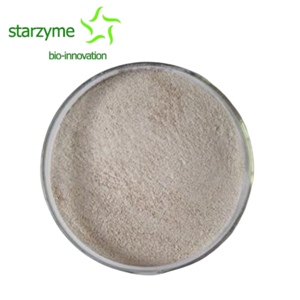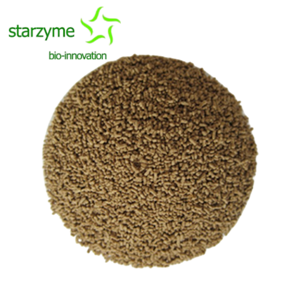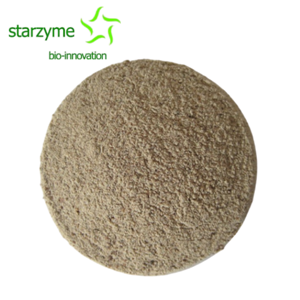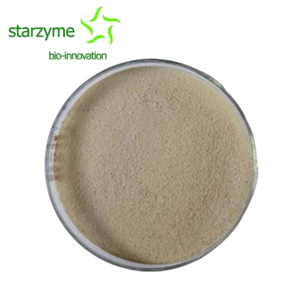Lactic Acid Probiotics in Animal Feed
The mixed application of lactic acid probiotics and feed has shown significant potential to improve the breeding efficiency in livestock and poultry farming. Lactic acid bacteria, as a type of probiotic, can have significant effects on regulating animal gut microbiota, promoting food digestion and absorption, and enhancing immune function. Combined with feed, it can not only improve the utilization rate of feed, but also effectively increase production and significantly improve the breeding environment.
There are several types of lactic acid probiotics, such as Enterococcus faecalis, Lactobacillus plantarum, Lactobacillus acidophilus, Bacillus coagulans, and many more.
Enterococcus faecalis:
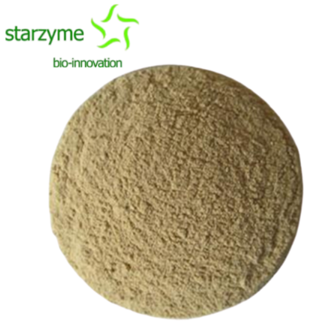
Lactobacillus plantarum:

Lactobacillus acidophilus:
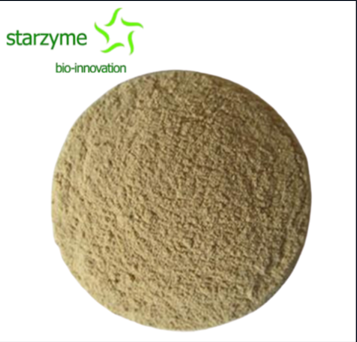
Bacillus coagulans:
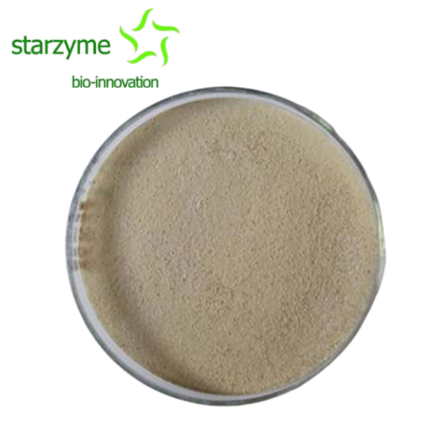
Each has its unique characteristics and specific uses, however generally, the main advantages of mixed use applications are:
Firstly, lactic acid probiotics can significantly enhance the absorption rate of nutrients in feed, thereby improving the overall utilization rate of feed.
Secondly, it can regulate the balance of gut microbiota, prevent gastrointestinal diseases, reduce fecal odor and ammonia emissions, and provide a healthier growth environment for livestock and poultry
Moreover, lactic acid probiotics can enhance the immunity of animals, promote their healthy growth, and improve production performance.
However, in the implementation process, several key points should also be noted: selecting suitable types and strains of lactic acid probiotics is crucial, as their functions and effects vary; It is necessary to scientifically adjust the ratio of lactic acid probiotics to feed based on the type of feed, animal species, and growth stage; Meanwhile, management must be standardized to avoid negative impacts caused by excessive or improper additions.
Looking ahead to the future, there are still many areas worth exploring for the mixed application of lactic acid probiotics and feed. For example, developing more efficient and suitable lactic acid probiotics additives to meet the specific needs of different farms; At the same time, in-depth research should be conducted on the prohibition period of lactic acid probiotics additives to ensure further improvement of breeding efficiency while ensuring food safety. In summary, the mixed application of lactic acid probiotics and feed has significant advantages, but it needs to be carried out under scientific guidance and continuously explored and optimized. No matter the specific direction that the future holds, there is no doubt that lactic acid probiotics will be a cornerstone in the animal husbandry and feed additives industry.

